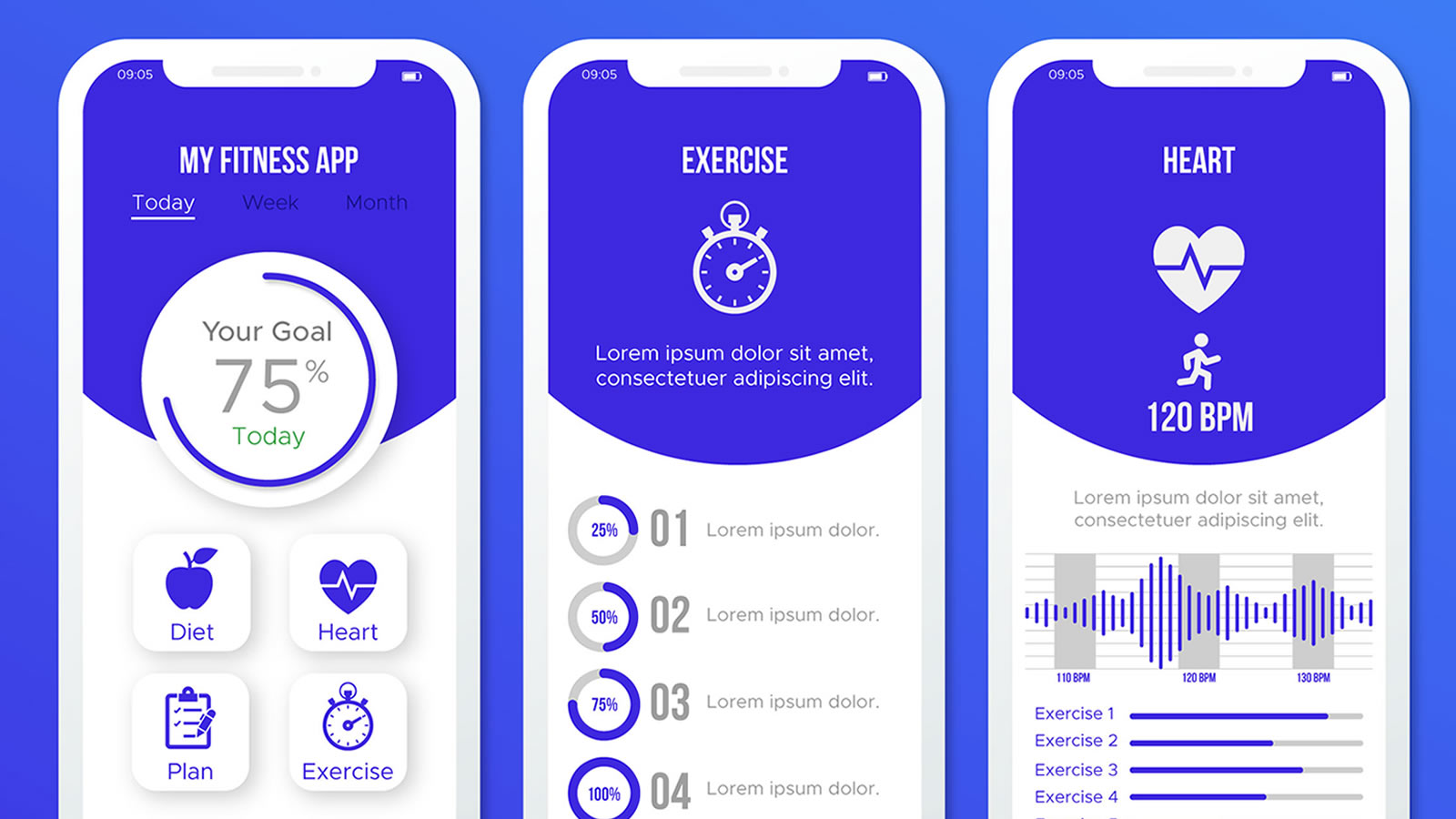Bluetooth Low Energy (BLE) technology has gained immense popularity due to its low power consumption and widespread device support. With the increasing use of mobile devices, integrating Bluetooth BLE devices with mobile apps has become essential for creating innovative and connected user experiences. In this comprehensive guide, we will explore the process of integrating Bluetooth BLE devices with mobile apps, covering the key concepts, necessary steps, and best practices for successful implementation.
- Understanding Bluetooth BLE Basics
Before diving into the integration process, it is crucial to have a solid understanding of Bluetooth BLE basics. Bluetooth BLE operates on the same frequency range as classic Bluetooth but consumes significantly less power. It utilizes GATT (Generic Attribute Profile) for data exchange and employs a client-server architecture where the mobile app acts as the central device (client) and the Bluetooth BLE device as the peripheral (server).
- Identifying Use Cases and Requirements
To begin the integration process, it is important to identify the use cases and requirements of your mobile app. Determine the specific functionalities you want to enable with the Bluetooth BLE device, such as data collection, control, or monitoring. Define the data transfer requirements, supported profiles, and any additional features or constraints specific to your use case.
- Selecting the Right Bluetooth BLE Device
Choosing the appropriate Bluetooth BLE device for your integration is crucial. Consider factors such as device capabilities, power consumption, range, compatibility with your mobile platform (iOS or Android), and available documentation and support. Evaluate the device's GATT services, characteristics, and descriptors to ensure they align with your app's requirements.
- Implementing the Bluetooth BLE Protocol
The Bluetooth BLE protocol stack consists of several layers, including the physical layer, the Link Layer, and the Host Layers. The Host Layers encompass the Attribute Protocol (ATT) and the GATT, which define how data is organized, exchanged, and accessed. To integrate Bluetooth BLE devices with mobile apps, you need to implement the GATT protocol and handle GATT operations such as discovering services, reading and writing characteristics, and subscribing to notifications or indications.
- Utilizing Bluetooth APIs and Frameworks
Both iOS and Android provide Bluetooth APIs and frameworks to facilitate the integration of Bluetooth BLE devices into mobile apps. On iOS, Core Bluetooth framework allows you to interact with Bluetooth peripherals, discover services and characteristics, and handle data transfer. On Android, the Bluetooth Low Energy API provides similar functionalities for scanning, connecting, and exchanging data with Bluetooth BLE devices. Utilize these platform-specific APIs to implement the necessary communication and data handling logic in your mobile app.
- Pairing and Connection Establishment
Before establishing a connection with the Bluetooth BLE device, pairing is often required to ensure secure communication. Bluetooth BLE supports various pairing methods, including Just Works, Passkey Entry, and Out-of-Band. Implement the appropriate pairing mechanism based on your security requirements and user experience considerations. Once paired, your mobile app can establish a connection with the Bluetooth BLE device using the discovered peripheral's identifier and connect to the desired services and characteristics.
- Data Exchange and Handling
Once connected, your mobile app can read data from the Bluetooth BLE device's characteristics, write data to them, and subscribe to notifications or indications for receiving updates. Design your app's user interface to reflect the connected device's data and provide a seamless user experience. Implement data validation and error handling mechanisms to ensure robust and reliable data exchange between the mobile app and the Bluetooth BLE device.
- Testing and Validation
Thorough testing and validation are crucial steps in the integration process. Test the integration across various scenarios, including successful and unsuccessful connections, handling disconnections, and managing errors or exceptions. Validate the data transfer, synchronization, and user interactions to ensure a seamless and reliable user experience.
Conclusion
Integrating Bluetooth Low Energy (BLE) devices with mobile apps opens up a world of possibilities for creating innovative and connected user experiences. By understanding the basics of Bluetooth BLE, identifying use cases and requirements, selecting the right devices, implementing the necessary protocols and APIs, and thoroughly testing the integration, you can successfully integrate Bluetooth BLE devices into your mobile applications. Embrace this comprehensive guide, enhance your app's capabilities, and deliver compelling user experiences through seamless Bluetooth BLE integration.

